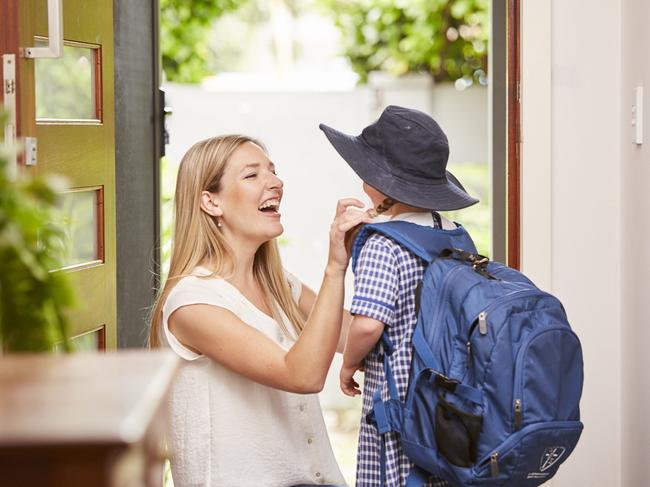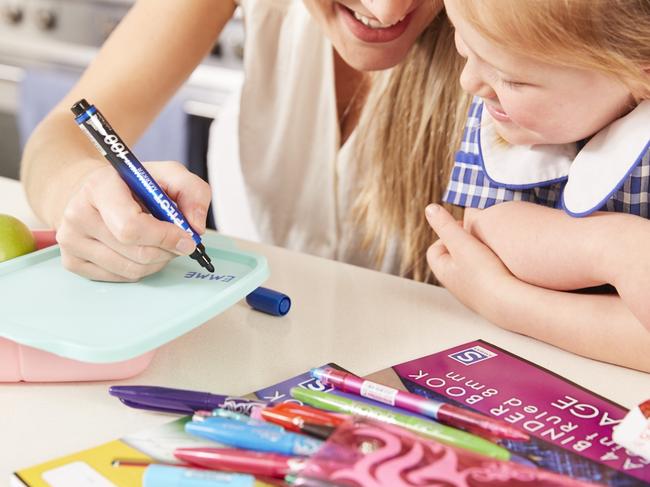Top tips to get your child ready to start school
If you’re worried about your child’s first day of school, spare a thought for how anxious they must be feeling. Thanks to a parenting expert, we’ve got all the information you need to prepare your little one for the big milestone.

South East
Don't miss out on the headlines from South East . Followed categories will be added to My News.
Starting school is a huge, often confronting, step for little ones.
It can be tough for kids to get used to new routines, people and environments.
Family relationship expert Dr Karen Phillip has shared some tips to make the transition to school easier for both parents and children:
■ Have a few “trial lunch” days: Pack the child’s lunch box at home and ensure they eat little lunch first, then big lunch. This is particularly important if all the food is in one lunch box and make sure they know how to unwrap the food.
MORE SCHOOL NEWS:
MOST IMPROVED NAPLAN SCHOOLS IN MELBOURNE’S SOUTH
HOW ONE PRIMARY SCHOOL TURNED THEIR RESULTS AROUND
THE EASTERN SUBURBS’ MOST IMPROVED NAPLAN SCHOOLS
■ Shop together for stationery, shoes and uniform: Make a shopping list together to make the experience fun and exciting. Shop ahead to avoid last-minute rushing and unnecessary stress. Ensure they are comfortable in their new uniform and let them choose their lunch box, drink bottle or backpack – this allows them to have ownership of the school experience.

■ Make them aware of the time frame for preparing for school each morning: Set clear expectations and consequences about the time required to get ready for school. Children under seven years old have no concept of time, so telling them you have “half an hour” to get ready will mean nothing to them.
■ Use a calendar or planner to show your child what is happening each day: This will help reduce any anxiety or confusion and get them ready for the day/week ahead. Get them involved in the planning – even if they can’t write yet, they can use a stamp or draw a picture or symbol. Use erasable pens so if plans change, they can be rubbed out to avoid any confusion.
■ Make the separation easier for them: On the first day meet the teacher, show your child around, smile and go. Standing at the gate crying may give the child the impression school is scary or bad, while hugging them emotionally and telling them how much you will miss them could make them sad and anxious. Drop them off and leave with a smile.
■ Show them around: Many children are scared they don’t know where their classroom or the toilets are. Show them the places at school they need to know.
■ Label everything: All clothing, bags, the child’s lunch box and drink bottle. If the child puts their item down and other children’s items are the same, a child can become distressed thinking a classmate has taken their item or that it’s lost. Labelling all items will prevent this and assist the teacher to sort out correct belongings. Place their first name and first letter of surname at least.
